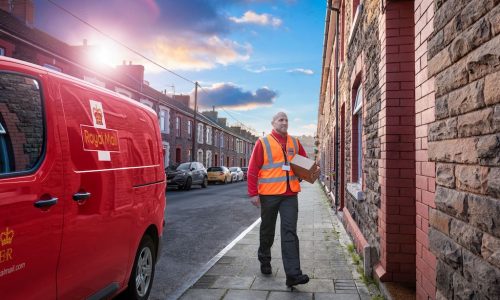The British Ports Association (BPA) is launching a major new review of UK port connectivity.
This work will highlight to government and local authorities where post-Coronavirus investment in infrastructure can be concentrated in order to maximise economic growth and speed up the recovery.
This will look at infrastructure outside of ports such as road and rail links but also broadening out to assess energy and digital capabilities.
The BPA is inviting ports to submit an inventory of required external improvements to connectivity infrastructure. This will be used to examine the progress made since the Department for Transport’s English Port Connectivity Study two years ago; broadening this out to all ports around the UK, as well as looking at digital connectivity, energy capacity, in addition to transport needs.
COVID-19 has demonstrated the resilience of the UK supply chain, as ports worked efficiently through the pandemic and kept the nation supplied, despite the economic downturn taking a toll on the sector, as it did with many others.
However, now more than ever, it is critical to consider where government investment can be targeted to unlock growth and provide a boost to the economy.
The BPA will be laying out the inventory of works before government to show how we can build a Britain stronger than ever before.
UK ports are commercially managed, operating strategically and financially independent of Government. With very few exceptions, UK port infrastructure investments are privately financed; investments are market-led and £1.7bn is currently in the pipeline around the UK. Ports ask for very little from the Government but do rely on public investment in external infrastructure to stay competitive.
Phoebe Warneford-Thomson, Policy and Economic Analyst at the British Ports Association, who is leading the Review, said: “At a time when the government needs to stimulate significant growth to rebuild from the economic crisis, the decision to invest in infrastructure is straight forward. Infrastructure investment of 1% of GDP has a multiplier effect which can lead to an increase of 2.6% in GDP over four years.
“Studies have shown that if the UK fails to bring infrastructure up to the standard of other developed economies, this could create an annual loss to the economy of £90 billion by 2026; so, in reality, the UK cannot afford not to invest in infrastructure.
“The BPA has previously welcomed the government’s ‘levelling-up’ agenda, but now we ask that they consider how to bring ports into this, especially given their economic significance in coastal communities.
“We are inviting ports to send us an inventory of required public infrastructure improvements and upgrades, so we can highlight to the government where investment should be focused. These upgrades can relate to transport and digital connectivity, as well as other infrastructure requirements, such as increasing energy capacity in local networks, which will be key to facilitating Britain?s transition to net-zero by 2050.”
Hinterland transport links in particular is fundamental for the movement of goods and passengers. The UK’s motorway and trunk roads networks are managed by the various parts of central Government around the country, while local roads are owed and funded by local authorities.
These last mile connections are often essential to ports but not always treated in a strategic way. Improved and increased rail access to the national network is also sought by many in the ports sector.
As the country moves towards net zero, electrification of infrastructure is becoming essential and separately as ports embrace the smart and invocation agendas they will need to be better better connected digitally.
This exercise is open to all UK ports and terminals and it closes on 7 September. Those ports who wish to submit proposals to the Port Connectivity Review can do so by emailing info@britishports.org.uk for more information.

